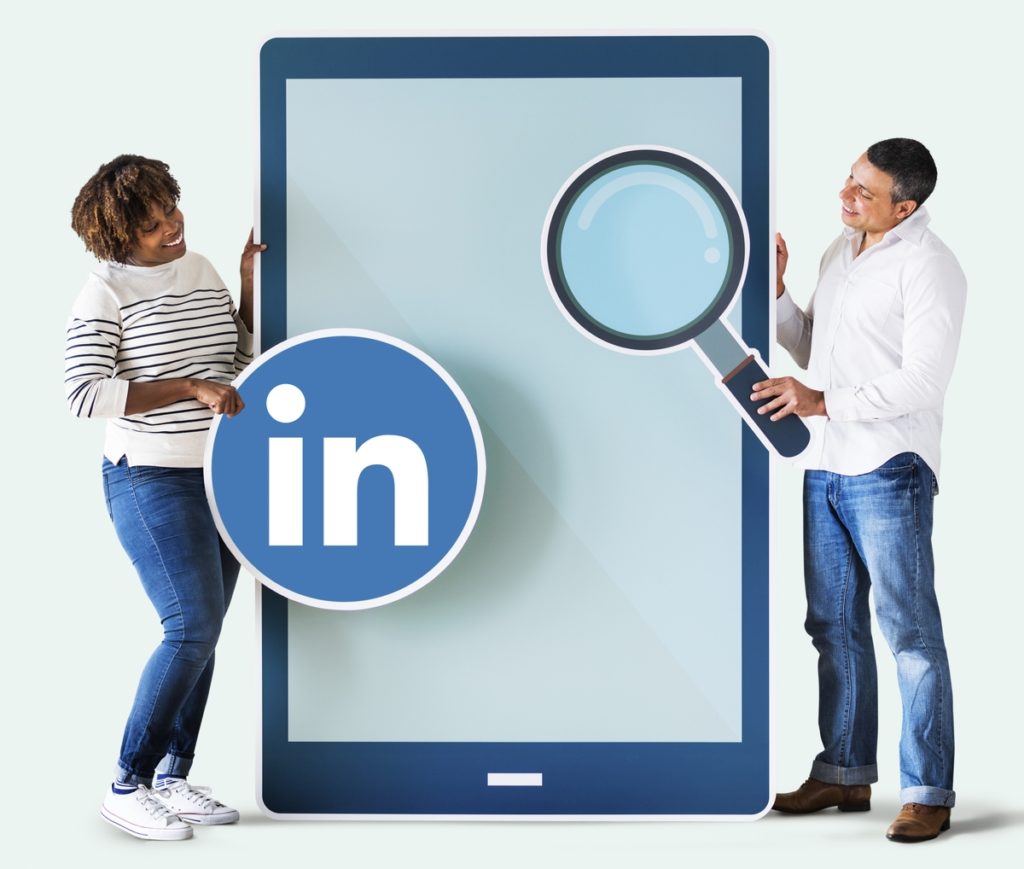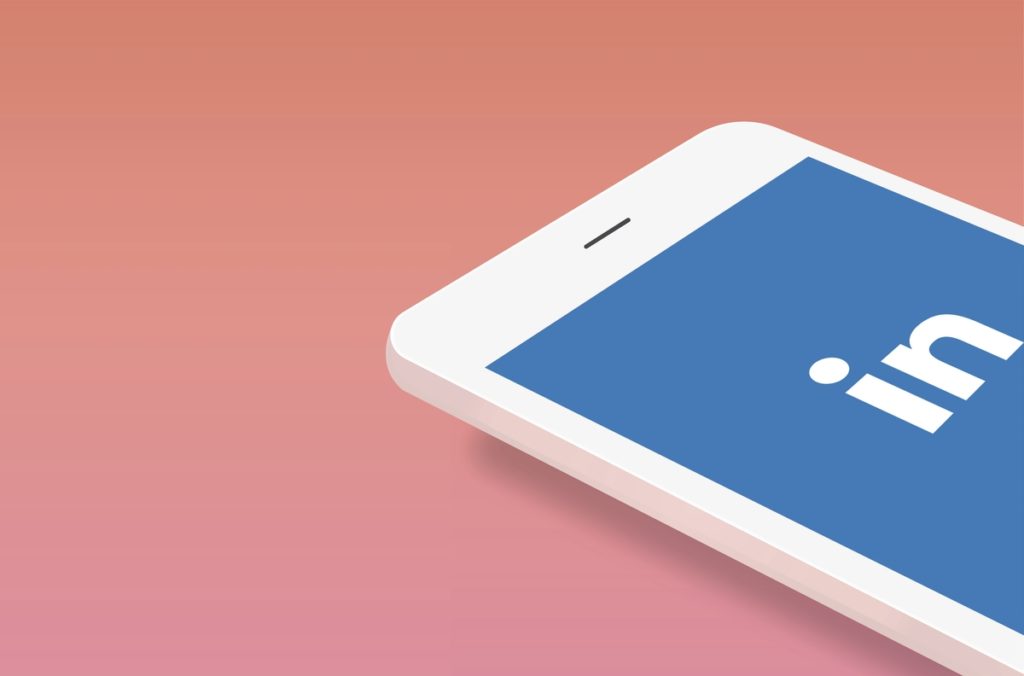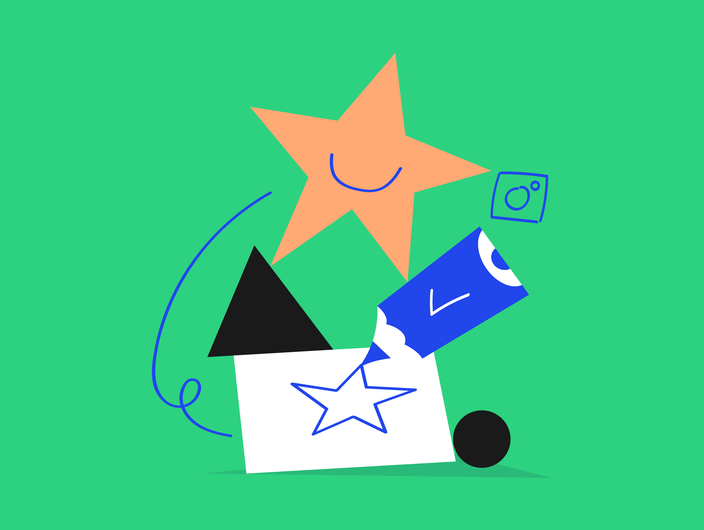Do you use LinkedIn but feel like you’re not getting the most out of it? If so, you’re not alone.
LinkedIn offers many benefits, but many people don’t take full advantage of them. In the right hands, however, LinkedIn can be a valuable marketing tool.
Here we will go over our top 12 best practices for LinkedIn marketing. Hopefully these tips will help you engage your LinkedIn audience and attract more leads.
Let’s get started, shall we?
What is LinkedIn marketing?
LinkedIn marketing is the process of connecting with potential customers and clients through this platform. You can do so by creating a company page, sharing content, and connecting with other professionals in your industry. But not only.
You can also use LinkedIn to run ads and sponsor content to expand the reach of your brand and content. LinkedIn marketing allows you to reconnect with former clients, connect with new prospects, and build your brand.
Why is marketing on LinkedIn important?
There are a few reasons why you should use LinkedIn marketing.
First of all, LinkedIn is a professional network. This means that the people on this platform are there to connect with other professionals and learn more about their industry. In particular, business-to-business (B2B) niches will find LinkedIn useful for reaching their target markets.
Another reason why LinkedIn marketing is important is that it helps fine-tune your personal branding. LinkedIn allows you to share your expertise and connect with others in your sector. Additionally, you can use LinkedIn marketing to gain industry recognition and build trust with prospective clients.

LinkedIn provides many opportunities for promoting your products and services. You can share blog posts, run ads, sponsor content, and much more.
Additionally, LinkedIn is a great way to stay at the forefront of your past clients’ minds. Your name and business will continue to be seen by those who have already done business with you if you share relevant content on this platform and remain active on it.
LinkedIn Marketing Best Practices
#1 Repurpose your content from other platforms
Don’t have a social media content strategy for LinkedIn? While you’re working on it, you can easily share blog posts, infographics, or other types of content that you have ready. Due to the fact that this process does not require much additional work from you, you can kick-start your LinkedIn marketing without having to build it up from scratch.
It’s as simple as taking a blog post you’ve already written and sharing it on LinkedIn. Ensure the headline is catchy, the article is briefly described, and a link back to the original publication is included.
Some people add their links in the comments rather than in the post itself. Despite there being no hard data supporting this claim, this can help you reach more people and encourage them to visit your website. You should experiment as much as possible to determine what works best for you and your audience. This will help you when working on your social media content strategy.
#2 Write an elevator pitch on your profile
Your profile is one of the first places people will go when they see your LinkedIn activities, which makes it the perfect place to include a brief elevator pitch. This is a short, persuasive speech that you can use to describe your business and what it does in no more than a few sentences.
This elevator pitch should be included in your profile summary along with a call-to-action (CTA) that encourages people to learn more about your business, or a link to your website.
You might not think of this as a LinkedIn strategy per se, but it will get people to check out your profile as soon as you start becoming active on LinkedIn. Make sure it’s up to date and includes all relevant information to your business.
#3 Work on the notes you add to LinkedIn invitations
LinkedIn allows you to add personal notes to each invite you send. This is a great opportunity to add a personal touch and let people know why you’re reaching out.
When adding a note, make sure to include something specific that will encourage the recipient to accept your invitation. For example, if you have mutual friends or groups, mention this in the note. You can also say how you found their profile and what you have in common.
Remember to also mention it if you’re connected with the person on another social media platform. By adding personal notes to your invitations, you can increase the likelihood of people accepting them and connecting with you.
Doing this also helps build relationships with potential customers and clients, which can lead to increased sales and more business down the road.
#4 Test out ads in your LinkedIn marketing strategy
There is a misconception that LinkedIn ads are expensive and not worth the investment. However, they can be very effective if carried out correctly.
With LinkedIn ads, you can target a specific audience with laser precision based on their job title, company size, location, and other factors. This means you can ensure your ad is seen by those people who are most likely to be interested in what you have to offer.

LinkedIn ads are also very effective because they are not intrusive like many other forms of marketing. LinkedIn users are used to seeing ads on the platform and they are generally more receptive to them than those on other social networks.
#5 Create a hashtag strategy for your LinkedIn marketing activities
Hashtags can support your content strategy on LinkedIn in a few different ways. You can use hashtags to:
- increase the reach of your content
- connect with other users who are interested in similar topics
- join conversations that are already taking place
If you plan on creating a hashtag strategy, pick LinkedIn hashtags that are relevant to your business and industry. Hashtags that are too general won’t be as effective.
You should also avoid using too many hashtags since this can come across as spammy. A good rule of thumb is to use no more than five hashtags per post.
If you’re not sure which hashtags to use, take a look at what other people in your industry are using. This will give you a good starting point for creating your own hashtag strategy. There are also tools that can help you find popular hashtags.
#6 Observe trends and real-time opportunities
You probably keep an eye on trends in your industry already, but it’s also important to observe trends on LinkedIn as well. This platform can be a useful tool to see what people are talking about in real-time and join the conversation – something that can be difficult to do on other social media platforms.
Since LinkedIn is a professional network, the conversations that take place there are often more thoughtful, insightful, and likely to result in leads. For example, a hot topic in your industry that you can weigh in on is the perfect environment to become a thought leader and give your social selling on LinkedIn a boost.
#7 Transform slides into PDFs and share them on LinkedIn
If you have a presentation or slides that would be of interest to your target audience, LinkedIn is a great platform for sharing such content. LinkedIn allows you to upload presentations in the form of user-friendly slides that can be browsed freely on both desktops and mobiles.
When uploading these files, make sure to convert them into PDFs first for convenience. Also, write a compelling description that will encourage people to actually browse through your content. The better cover photo for the slides you pick, the more likely people are to engage with them.
#8 Run a LinkedIn newsletter
LinkedIn quite recently rolled out a new feature that allows users to create and send newsletters directly from the platform. This is a new, fairly innovative way of sharing your latest blog posts, articles, and other content with your connections.
The best part about this feature is that you can see how many people have read your newsletter, and they can subscribe to it. Also, LinkedIn pushes this feature on the platform in the updates section, so you’re likely to get more eyes on yours.
#9 Get your employees to be brand ambassadors
Whenever applicable, encourage your employees to become brand ambassadors. This means that they share your content, post updates about your company, and generally help promote your brand on the platform.
Of course, you can’t force your employees to do this, but you can make it easy for them by providing content that they can share, and posting updates that are relevant to their interests. If you make this part of their job description, even better.
Encouraging your employees to be brand ambassadors on LinkedIn can help you reach a wider audience and increase engagement with your content in a natural, friendly way.
#10 Join niche LinkedIn groups
LinkedIn provides many options to connect with other professionals who are interested in similar topics, and LinkedIn groups are one excellent way to do this. There are groups for nearly everything you can think of, so take some time to find ones that are relevant to your industry and interests.
After joining a group, make sure to be an active participant. Give people food for thought by posting interesting content, taking part in discussions, and connecting with other members.

Be sure to only join groups that are applicable to your business and industry where you can reach your target audience. Spamming groups with irrelevant content will not only get you kicked out, but could also damage your reputation.
#11 Create LinkedIn events
As with any other social media platform, events can boost engagement and reach in your target group. LinkedIn events are a bit different from other social media events, however, since they’re designed to be more professional and business-oriented.
They also come with a chat box feature that can be used to engage with attendees before and after the event. Include all the relevant information such as date, time, location, and a description of what the event will be about. You can use this feature to promote webinars and other online events, not just offline ones.
#12 Regularly network and connect
LinkedIn is all about people. If you want to promote your brand on the platform, you, therefore, need to be prepared to network and connect with others.
Reach out to potential customers, partners, suppliers, and anyone else who you think could be interested in your business. Connect with them on LinkedIn and start building relationships. The more connections you have, the greater reach you’ll have for your content – at least in theory.
When networking, don’t just focus on making new connections but also nurture the relationships you already have. Regularly interact with your connections by liking and commenting on their posts, sharing their content, and sending them messages when appropriate.
Doing so will help you build strong relationships that can lead to increased engagement and more business opportunities.
Rock LinkedIn marketing with our practices
These are just a few of the things you can do to increase your engagement and reach on LinkedIn. If you want to be successful on the platform, you need to be active and put in the effort. Keep these tips in mind and you’ll be on your way to success.




